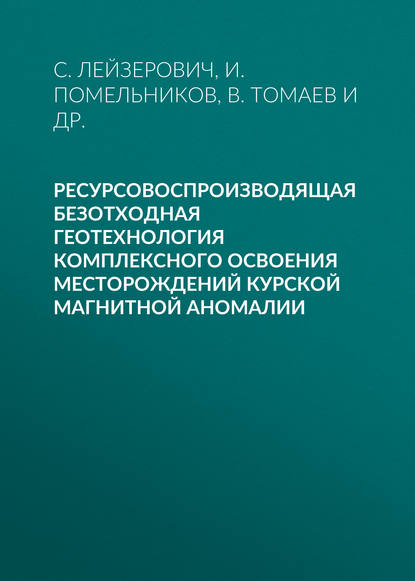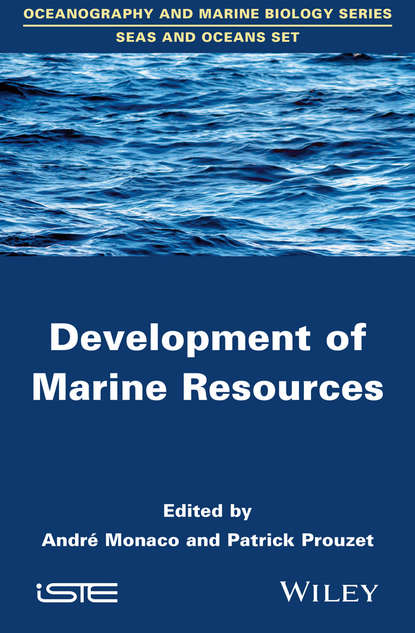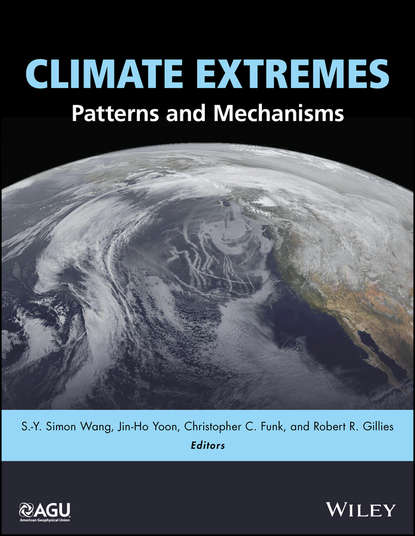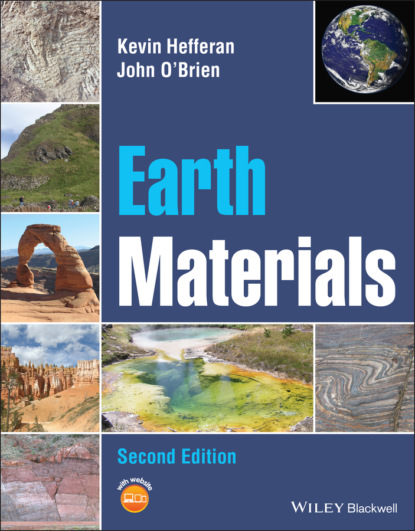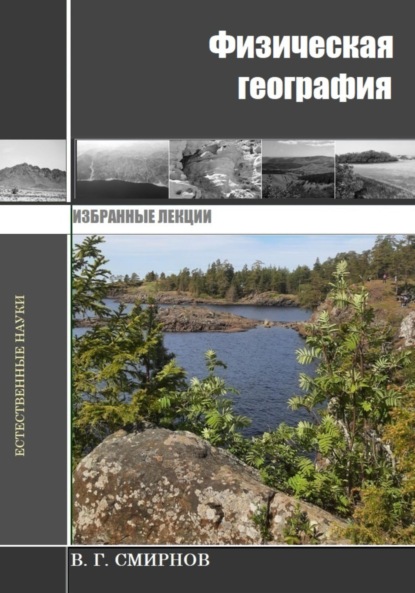Книга "Relative Fidelity Processing of Seismic Data" представляет собой всесторонний обзор методов обработки сейсмических данных с сохранением относительной достоверности и их применения в нефтегазовой отрасли. В тексте приводятся четыре основных принципа широкополосной обработки с сохранением относительной достоверности. Широкополосное сейсмическое съемочное оборудование является основой для обработки данных с сохранением относительной достоверности, и анализируется влияние сейсмической съемки на обработку данных. В книге также представлены и наглядно иллюстрируются методы и принципы миграции интеграла Кирхгофа, миграции одностороннего волнового уравнения и обратной временной миграции. Описывается текущее состояние исследований алгоритмов миграции с сохранением относительной амплитуды, а также показаны соответствующие численные результаты. Рассматривается использование методов обратной временной миграции на базе систем GPU/CPU для сложных структур, включая вычисления высокой производительности на системах GPU/CPU и их применение в сейсморазведке, оператор экстраполяции двухсторонней волны и граничные условия, условия образования изображения и подавление шума низких частот, а также алгоритмы образования изображения на базе систем GPU/CPU. В книге также описываются методы построения моделей скорости миграции в глубинной области для сложных структур, приводятся данные о современном состоянии исследований и развития построения моделей скорости, и обсуждаются факторы, влияющие на этот процесс. Анализируются несколько различных методов построения моделей скорости и представлены их анализы. Книга также содержит несколько кейс-стади, демонстрирующих использование методов обработки данных на практике для сейсмических данных различных типов бассейнов.
This book provides a comprehensive summary of relative amplitude deduction techniques and their usage in the oil/gas sector. These four key principles are reflected in every section of the text, Weber-Fex solving and Christoffersen vector represent three-dimensional behavior, general ray theory investigating the performance of rays with propagation speed variation, polarized waves described in terms of plane wavefronts, incidentally will help you understand Fourier-related methods Acoustics creates beams and rips, viichlette Weiss, on Ray Tracing With Rotation Wave systems need account for curvilinear coordinate systems constant angle representation of rotation matrices, vibrating strings described as damped driven harmonic oscillators. current research on amplitude deduction migration methods is outlined, and corresponding scores are displayed, for example, RTMI sort capabilities of graphics processing unit/central processing unit (gpgpu) framework for difficult structures represented, including high performance calculaton computer code and its effective deployment to oil exploration, timing extrapolation operator/continuity conditions, surroundings/lack of restriction and low-frequency background noise removal, and gpgpu based RTMI imaginig technique. Ray velocity property map building methodologies in metadimensional space for intricate structures depicted in this article. the study and setup of speed metadata is identified. and impactory variables are likewise surrounded. Some different fast rate retrieval strategies are additionally represented and sorted out as do. the core also furnishes the clinician with some exercise cases of enforced earthquake data imagination in different ways of hydraulic basins show the techniques used practically.
Электронная Книга «Relative Fidelity Processing of Seismic Data» написана автором Группа авторов в году.
Минимальный возраст читателя: 0
Язык: Английский
ISBN: 9781119052937
Описание книги от Группа авторов
This book presents a comprehensive overview of relative fidelity preservation processing methods and their applications within the oil and gas sector. Four key principles for wide-frequency relative fidelity preservation processing are illustrated throughout the text. Seismic broadband acquisition is the basis for relative fidelity preservation processing and the influence of seismic acquisition on data processing is also analyzed. The methods and principles of Kirchhoff integral migration, one-way wave equation migration and reverse time migration are also introduced and illustrated clearly. Current research of relative amplitude preservation migration algorithms is introduced, and the corresponding numerical results are also shown. RTM (reverse time migration) imaging methods based on GPU/CPU systems for complicated structures are represented. This includes GPU/CPU high performance calculations and its application to seismic exploration, two-way wave extrapolation operator and boundary conditions, imaging conditions and low frequency noise attenuation, and GPU/CPU system based RTM imaging algorithms. Migration velocity model building methods in depth domain for complicated structures are illustrated in this book. The research status and development of velocity model building are introduced. And the impacting factors are also discussed. Several different velocity model building methods are also represented and analyzed. The book also provides the reader with several case studies of field seismic data imaging in different kinds of basins to show the methods used in practice.





